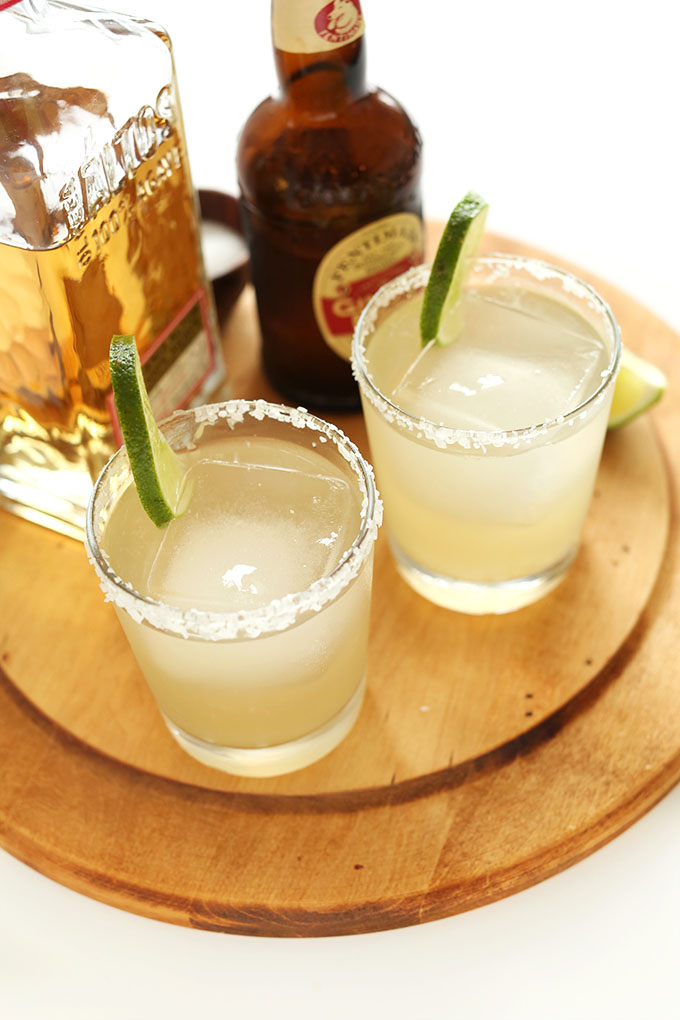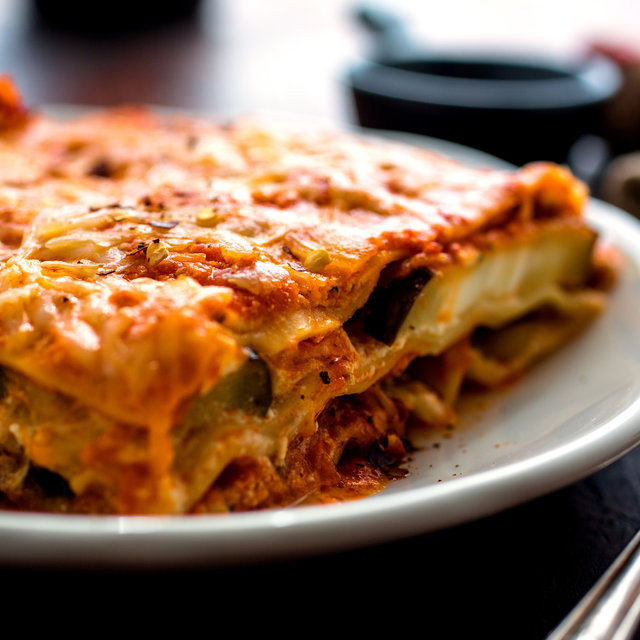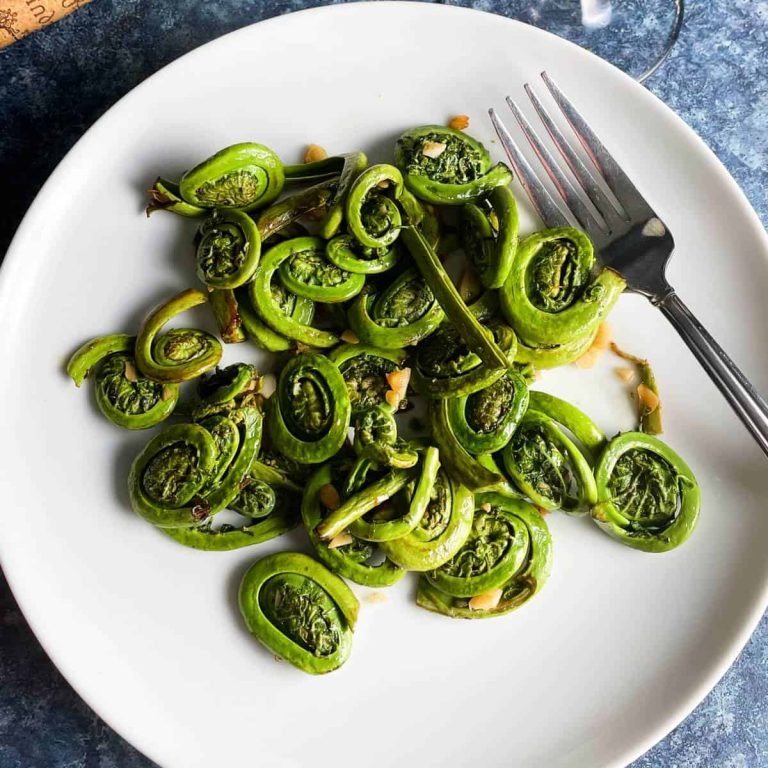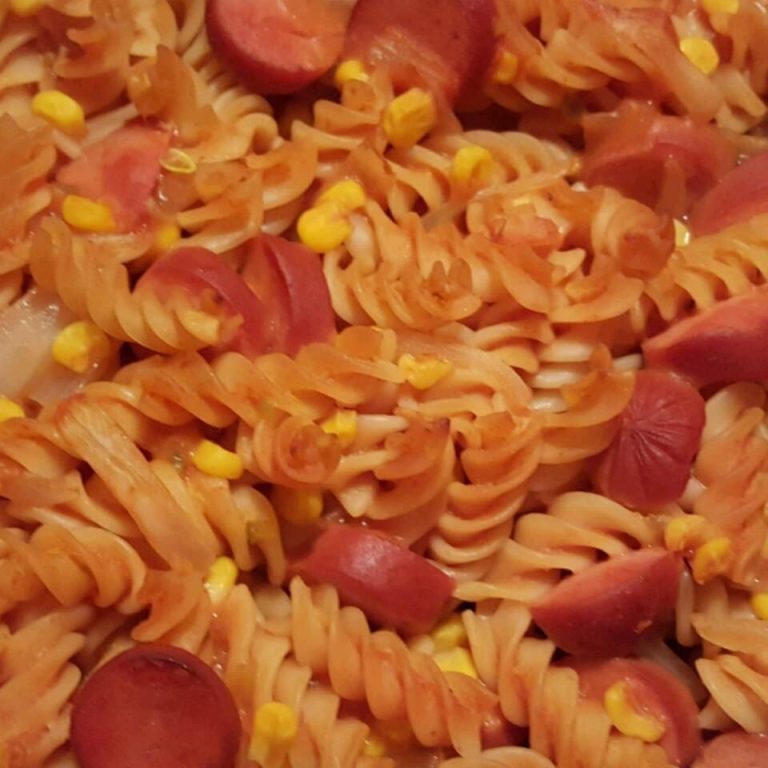Barley and Mushrooms with Beans Recipe: Nutritious and Flavorful Meal
Consuming barley, mushrooms, and beans offers numerous health benefits. Barley is a whole grain known for its high fiber content, which aids digestion and helps maintain stable blood sugar levels. Mushrooms provide essential nutrients, including B vitamins, selenium, and antioxidants, that support immune function and reduce inflammation. Beans are an excellent source of plant-based protein, folate, and iron, contributing to muscle repair and overall energy levels. Together, these ingredients promote a balanced diet and enhance overall well-being.
- Barley: A versatile whole grain with a chewy texture and nutty flavor. It’s packed with fiber, vitamins, and minerals.
- Mushrooms: Earthy fungi rich in vitamins, minerals, and antioxidants. They add depth and umami to the dish.
- Beans: Protein-rich legumes that enhance the nutritional profile. Examples include cannellini, black beans, and chickpeas.
- Seasonings: Items like garlic, thyme, and rosemary elevate the flavor while providing additional health benefits.
- Vegetable Broth: Used to cook the barley and infuse the dish with a rich, savory taste.
These ingredients create a nutritious, flavorful meal suitable for various dietary preferences.
Cooking Techniques for Barley And Mushrooms With Beans
Boiling and Simmering
Preparing barley entails both boiling and simmering. First, rinse 1 cup of barley under cold water. In a large pot, bring 3 cups of water to a boil. Add the barley and a pinch of salt. Once boiling, reduce heat and let it simmer for 25-30 minutes until the barley becomes tender and absorbs the water. Check doneness by tasting a few grains; they should be chewy yet soft.
Sauteing Mushrooms
Sauteing mushrooms enhances their flavor and texture. Heat 2 tablespoons of olive oil in a skillet over medium heat. Add 2 cups of sliced mushrooms (such as cremini or button) to the skillet, spreading them in a single layer. Stir occasionally for 5-7 minutes until they release their moisture and start to brown. Season with salt and pepper to taste. This step intensifies the earthiness of the mushrooms, making them a perfect complement to the barley and beans.
Combining Ingredients
After cooking the barley and mushrooms, it’s time to combine all elements. In the same skillet used for mushrooms, add the cooked barley and 1 cup of rinsed and drained beans (such as white or cannellini). Mix well and cook for 3-5 minutes over medium heat to allow flavors to meld. Taste and adjust seasonings as necessary, then serve warm.
Tips for Flavor Enhancement
Incorporate additional seasonings for an extra layer of flavor. For example, add minced garlic, chopped onions, or thyme to the mushrooms while sauteing. You can also deglaze the skillet with a splash of vegetable broth or white wine to elevate the taste. These small adjustments can significantly impact the overall flavor profile of the dish.
Flavor Pairings and Variations
Herbs and Spices
Use herbs and spices to elevate the flavors of barley and mushrooms with beans. Add fresh thyme for an earthy tone or rosemary for a pine-like aroma. Include minced garlic to boost the overall flavor profile. Ground black pepper and sea salt provide basic seasoning. Use smoked paprika to add a hint of smokiness. If you enjoy a bit of heat, sprinkle red pepper flakes. Experiment with these combinations to suit your taste preferences while maintaining the dish’s integrity.
Alternative Ingredients
Explore alternative ingredients to customize your dish. Swap barley for quinoa for a gluten-free option. Replace white beans with chickpeas for a different texture. Try shiitake mushrooms instead of button mushrooms for a deeper flavor. Use vegetable broth as a liquid base to maintain the dish’s vegetarian essence. Incorporate spinach or kale for a nutrient boost. You can also add a splash of soy sauce or tamari for an umami kick. Adjust these alternatives while keeping the primary components balanced.
Nutritional Breakdown
Macronutrients
Barley, mushrooms, and beans provide a solid macronutrient profile. In a single serving of this dish, you get approximately:
- Calories: 250-300
- Protein: 10-12 grams
- Carbohydrates: 40-45 grams
- Fats: 3-5 grams
Barley supplies complex carbohydrates and fiber. Mushrooms are low in calories but add B vitamins and minerals. Beans contribute protein and additional fiber. Combining these ingredients ensures a balanced intake of energy-yielding nutrients.
Dietary Fiber Content
This dish excels in dietary fiber content. One serving typically offers:
- Total Fiber: 8-10 grams
Barley alone contributes about 6 grams of fiber per cooked cup. Mushrooms add moderate fiber while enhancing the dish’s texture. Beans, particularly white beans, are fiber-dense, offering up to 7 grams per half cup. Including this dish in your meal plan supports digestive health and maintains satiety.
Serving Suggestions
As a Main Dish
Serve barley and mushrooms with beans as the centerpiece of your meal. Pair this hearty dish with a fresh green salad to balance the flavors. Drizzle a simple vinaigrette over the salad for added brightness. Add a slice of whole-grain bread for extra fiber and a satisfying crunch. Include a side of yogurt or a light dessert like fruit sorbet if desired, offering a refreshing end to your meal.
As a Side Dish
Barley and mushrooms with beans make an excellent accompaniment to various main courses. Serve it alongside roast chicken or grilled fish to enhance the meal’s nutritional profile. It complements well with sautéed spinach or steamed asparagus for a well-rounded plate. Use it as a stuffing for baked bell peppers or squash for a unique presentation. Pair it with a light soup for a comforting and nutritious dinner.
Don’t forget to garnish with fresh herbs like parsley or thyme to elevate the dish’s flavors. This simple addition can make a significant difference in the overall taste and presentation.
Conclusion
Barley and mushrooms with beans is a versatile and nutrient-packed dish that can easily become a staple in your meal rotation. Whether you’re looking for a hearty main course or a complementary side, this recipe offers both flavor and health benefits. Pair it with fresh greens or incorporate it into stuffed vegetables for a delightful and balanced meal. Don’t forget to garnish with fresh herbs to elevate the dish’s taste and presentation. Enjoy the wholesome goodness and culinary satisfaction this dish brings to your table.






